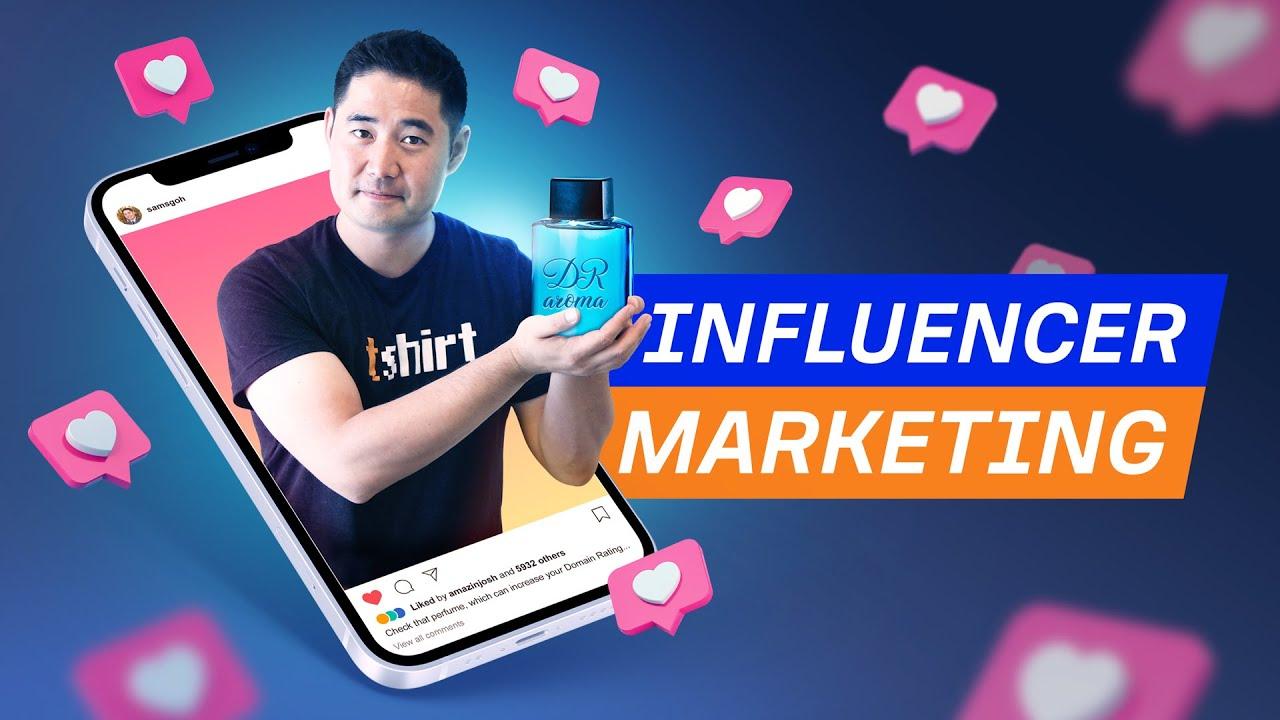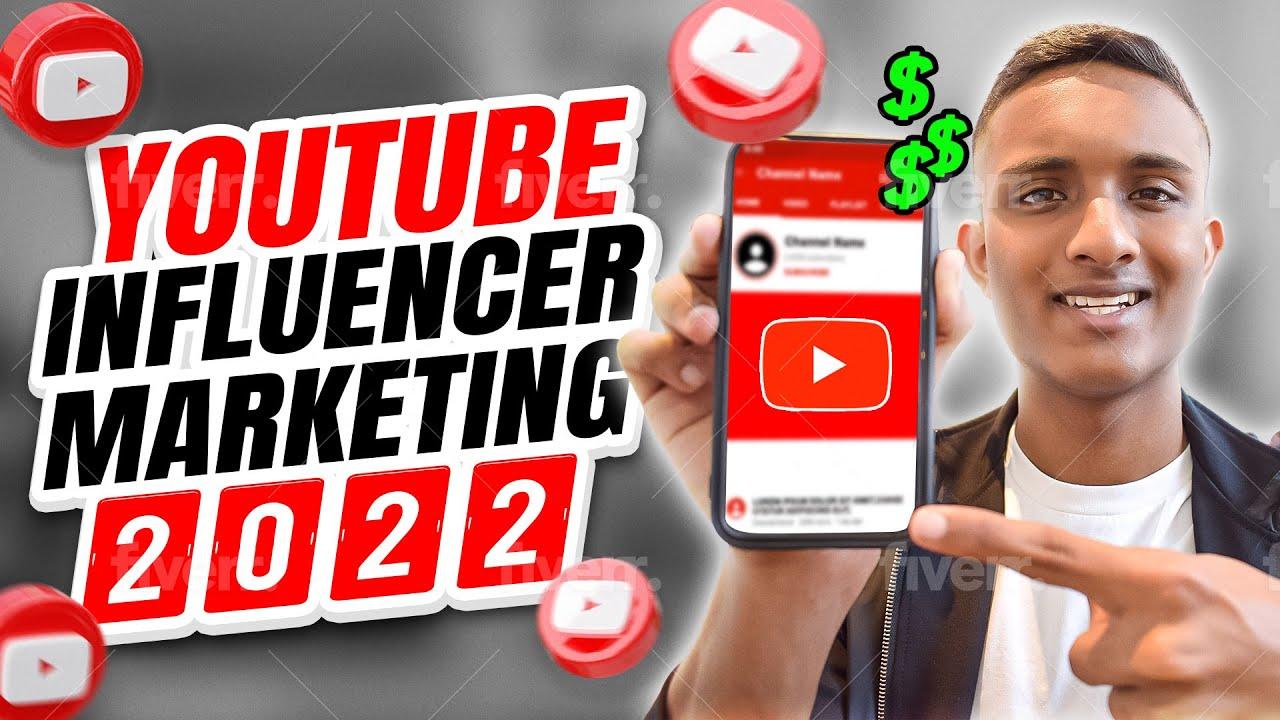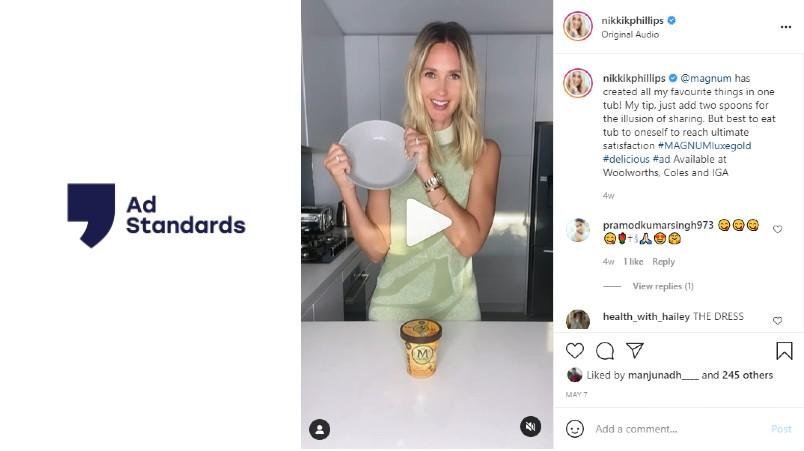
In the digital age, where every click and share has the power to impact a brand’s reputation, YouTube influencers have emerged as pivotal players in the marketing landscape. From beauty tutorials to tech reviews, these content creators wield the ability to sway consumer opinions and drive purchasing decisions like never before. Though, as their influence grows, so does the complexity of the legal framework surrounding influencer marketing. Navigating this intricate web of guidelines, disclosures, and potential pitfalls is essential for both influencers and brands aiming to foster authentic partnerships while staying on the right side of the law. In this article, we unravel the legal landscape of YouTube influencer marketing, exploring the regulations that govern these collaborations and the best practices for ensuring compliance in an ever-evolving marketplace. Whether you’re an influencer, a marketer, or simply an intrigued viewer, understanding these legal dynamics is key to unlocking the full potential of this modern marketing phenomenon.
Understanding Regulatory frameworks Governing Influencer Marketing on YouTube
As influencer marketing continues to surge on platforms like YouTube, navigating the associated regulatory frameworks becomes essential for both creators and brands. The regulations primarily aim to ensure transparency and protect consumers from misleading advertising. Key laws and guidelines shaping this landscape include:
- Federal Trade Commission (FTC) Guidelines: Mandates that influencers disclose any material connections with brands.
- Advertising Standards Authority (ASA): Provides rules regarding the advertisement content in the UK, including influencer promotions.
- Children’s Online Privacy Protection Act (COPPA): Concerned with protecting children’s privacy, impacting how brands can advertise to younger audiences.
Ensuring compliance with these regulations not only protects consumers but also builds trust between influencers and their audience.Creators must be vigilant in understanding how these laws apply to their content, focusing on clear and conspicuous disclosures of sponsorships and partnerships. To facilitate comprehension, let’s summarize some critical elements:
| Element | Requirement |
|---|---|
| Disclosure of Paid Promotions | Clearly state if content is sponsored using terms like “#ad” or “sponsored” at the beginning of the video. |
| Audience Targeting | ensure compliance with age restrictions,especially when targeting minors. |
| Content Authenticity | Avoid misleading representations; all endorsements must reflect honest opinions. |

Navigating disclosure Requirements to Build Trust with Your Audience
In the realm of influencer marketing on platforms like YouTube, transparency is more than just a legal requirement; it’s a fundamental element in cultivating trust with your audience. when disclosing paid partnerships or sponsorships, creators must be clear and upfront about their relationships with brands.This means using distinct language that informs viewers when the content is sponsored or contains affiliate links. best practices include:
- Utilizing clear tags: Phrases such as “sponsored,” “ad,” or “#ad” should be prominently displayed in the video title and description.
- Verbal disclosures: Creators can enhance transparency by verbally mentioning the partnership at the beginning or throughout the video.
- Consistent messaging: Regularly incorporating these practices not only aligns with FTC guidelines but also reinforces credibility with the audience.
Understanding and navigating these legal guidelines is essential for both influencers and brands. Failure to comply can result in notable penalties and damage reputations, making it crucial to respect the relationship established with viewers. Here’s a fast reference table to summarize the key disclosure elements:
| Disclosure Element | Description |
|---|---|
| Clarity | Use specific language that clearly indicates the nature of the partnership. |
| Visibility | Ensure disclosures are noticeable both in-video and in descriptions. |
| Repetition | Repeat disclosures to reinforce transparency, especially in longer videos. |

Intellectual Property Considerations for youtube Influencers
For YouTube influencers, understanding intellectual property (IP) rights is crucial not only for protecting their own content but also for navigating the complexities of using others’ works. Influencers must be aware of the following key aspects:
- Copyright: Original videos, music, and graphics are automatically protected by copyright, which means unauthorized use could lead to legal disputes.
- Trademarks: Brands often have trademarks associated with their logos or products; influencers should avoid unauthorized use to prevent trademark infringement.
- Fair Use: Understanding fair use can help influencers use copyrighted materials within certain limits, typically for commentary, criticism, or educational purposes.
- Licensing Agreements: Always seek permission or license music and other media to ensure compliance and avoid takedowns.
Moreover, influencers should consider their own IP rights, ensuring their creations are adequately protected. Here are some effective strategies:
- Trademark Your Brand: Register a trademark for your channel name or logo to prevent others from using similar branding.
- Copyright Your Content: While your content is automatically copyrighted, formal registration can enhance protection against infringement.
- Utilize Content ID: YouTube’s content ID system helps creators claim their copyrighted content and monetize it, providing a safety net.

Best Practices for Creating Compliant Sponsored Content on YouTube
To ensure adherence to advertising regulations, content creators must be transparent with their audiences. Disclosures are a critical component in sponsored content, as they inform viewers about the partnership between influencers and brands.Effective practices for disclosing sponsorships on YouTube include:
- Using clear and prominent terms such as “sponsored,” “ad,” or “paid promotion” at the beginning of the video.
- including disclosures within the video description to reinforce transparency, allowing viewers to see the relationship between the content and the sponsor.
- Utilizing on-screen text or graphics throughout the video to continuously remind viewers of the sponsorship, especially during product demonstrations.
In addition to disclosures, complying with copyright and advertisement guidelines is essential for creating compliant content. Influencers must be aware of the following to prevent violations:
- Ensure all music and visuals used in the video are licensed or owned by the creator.
- Familiarize themselves with YouTube’s policies on content monetization to avoid potential demonetization.
- Maintain authenticity by providing honest reviews,as misleading or deceptive practices can lead to legal repercussions.
Wrapping Up
As we navigate the intricate tapestry of YouTube influencer marketing, it becomes increasingly clear that a solid understanding of the legal landscape is not merely beneficial—it is essential.From the nuances of FTC guidelines to the complexities of copyright and intellectual property rights, influencers and brands alike must equip themselves with knowledge to ensure compliance while fostering creativity.
As this dynamic digital ecosystem continues to evolve, staying informed about regulations and best practices will empower creators and marketers to thrive without fear of legal repercussions. Embracing transparency and ethical considerations can pave the way for enduring partnerships that resonate authentically with audiences.
the journey through the legal terrain of influencer marketing is not an obstacle but an prospect. By adhering to the rules of the game,influencers can focus on what they do best: creating engaging content that connects with viewers and drives impactful results. So, whether you’re a seasoned creator or an emerging brand, consider this landscape not as a challenge, but as the foundation upon which your digital success can flourish. After all, in the ever-changing world of social media, knowledge is not just power—it’s the key to unlocking your full potential.